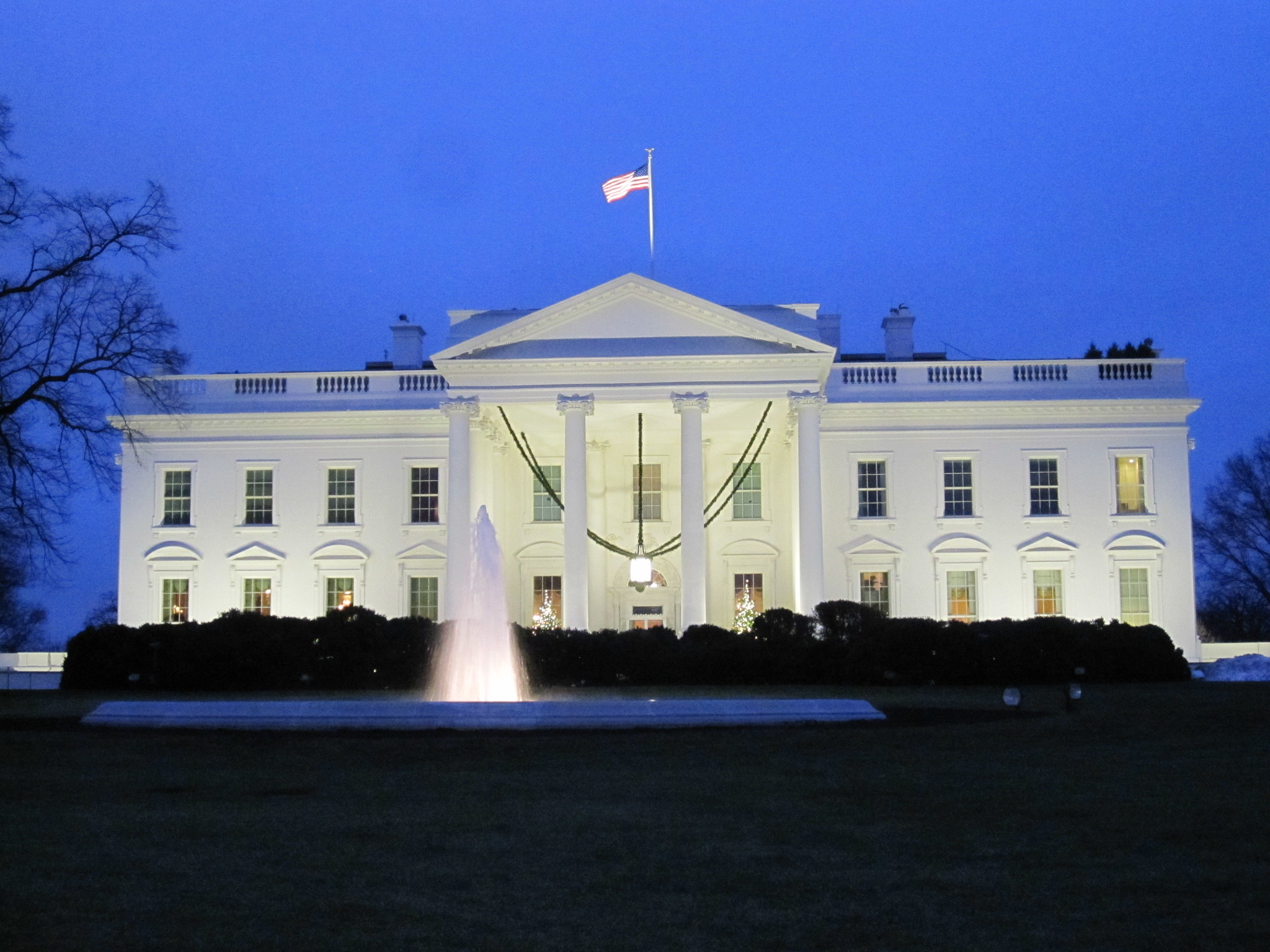In a recent statement, President Donald Trump unveiled his strategy for streamlining federal agencies during his second term in office. The president’s approach combines DOGE and agency heads to implement targeted reductions.
The “Scalpel” Approach
Trump emphasized that his administration would employ a “scalpel” rather than a “hatchet” when cutting federal agencies. This nuanced approach aims to trim bureaucracy without causing widespread disruption to government operations.
The president’s plan involves a careful analysis of each agency’s functions and effectiveness. By using precision cuts, Trump hopes to eliminate inefficiencies while preserving essential services for the American people.
DOGE: A New Tool for Government Efficiency
At the center of Trump’s strategy is DOGE, a term that has caught the attention of political observers. While details remain scarce, DOGE appears to be a new initiative or system for evaluating government agencies.
DOGE suggests a data-driven approach to identifying areas for potential cuts. This method may involve advanced analytics to assess agency performance and resource allocation.
Trump’s emphasis on DOGE indicates a shift towards more technologically informed decision-making in government operations. The system could potentially revolutionize how federal agencies are managed and streamlined.
Collaboration with Agency Heads
Trump’s plan also highlights the importance of working closely with the heads of federal agencies. This collaborative approach aims to leverage the expertise of those who understand their departments best.
By involving agency leaders in the decision-making process, the administration hopes to identify cuts that will have minimal impact on core functions. This strategy could help mitigate resistance to change within the agencies themselves.
The president’s emphasis on cooperation suggests a more diplomatic approach to government restructuring. It may help ease concerns about drastic or arbitrary cuts to federal programs.
Potential Impact on Federal Workforce
While Trump’s “scalpel” approach implies targeted cuts, questions remain about the potential impact on federal employees. The prospect of agency reductions has raised concerns among government workers and unions.
The administration has not yet provided specific details on how many positions might be affected. However, the emphasis on precision cuts suggests that mass layoffs are not the primary goal.
Trump’s strategy may focus on eliminating redundant positions or consolidating agency roles. This approach could lead to a leaner federal workforce without causing widespread job losses.
Political Implications
The announcement of this strategy comes as Trump positions himself for a second term in office. His focus on government efficiency and cost-cutting aligns with traditional conservative principles.
By emphasizing a measured approach, Trump may appeal to moderate voters who are concerned about government spending. The “scalpel” metaphor suggests a more thoughtful process than previous calls for dramatic agency reductions.
However, Democrats and government watchdog groups are likely to scrutinize the plan. Critics may argue that targeted cuts could harm critical federal programs and services.
Challenges and Obstacles
Implementing such a comprehensive review of federal agencies will undoubtedly face challenges. Bureaucratic resistance and political opposition could slow down or complicate the process.
Additionally, using DOGE as a new evaluation tool may require time for development and implementation. As more details emerge, questions about its effectiveness and fairness will likely arise.
While potentially beneficial, agency head involvement could also lead to conflicts of interest. Some leaders may resist cuts to their departments, complicating the decision-making process.
Timeline and Implementation
The president has not provided a specific timeline for implementing these agency cuts. Evaluating and restructuring federal departments could extend well into a second term.
Initial steps may involve rolling out DOGE and establishing evaluation criteria. This phase could take several months as the system is tested and refined.
Actual cuts and restructuring would likely follow, with changes implemented gradually to minimize disruption to government services. The entire process could span several years.
Potential Areas of Focus
While Trump has not specified which agencies might face the most significant cuts, some areas may be more likely targets. Departments that have faced criticism for inefficiency or overlap could be prime candidates.
Environmental and regulatory agencies may also be scrutinized, given the administration’s focus on reducing government oversight. However, the “scalpel” approach suggests that even these departments would see targeted rather than wholesale cuts.
Agencies related to national security and defense may be less likely to face significant reductions. Trump has consistently emphasized the importance of a strong military and border security.
Public Reaction and Debate
The announcement of this strategy has sparked debate among policymakers, economists, and the public. Supporters argue that streamlining government is long overdue and could lead to significant cost savings.
Critics, however, warn that even targeted cuts could harm vulnerable populations who rely on federal programs. Concerns about the potential loss of critical regulatory functions and public services exist.
DOGE as an evaluation tool has also raised questions about transparency and fairness. Some worry that a data-driven approach might overlook the human impact of agency cuts.
Looking Ahead
As more details of Trump’s plan emerge, it will likely become a central topic in political discussions. The strategy’s success or failure could have significant implications for the structure of the federal government.
The coming months will be crucial as the administration provides more specifics about DOGE and its implementation. Observers will watch closely how agency heads respond to the proposed changes.
Ultimately, the impact of this “scalpel” approach to federal agency cuts will depend on its execution. The administration will have to balance efficiency and the preservation of essential services.

